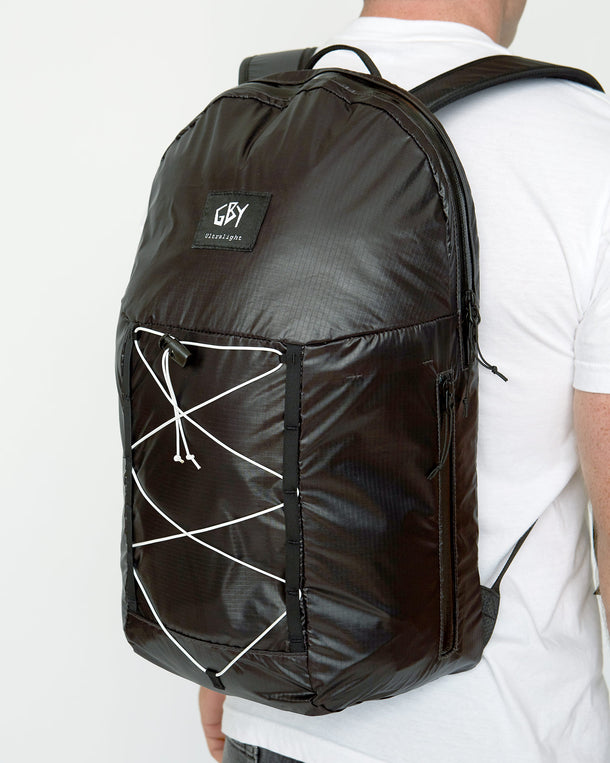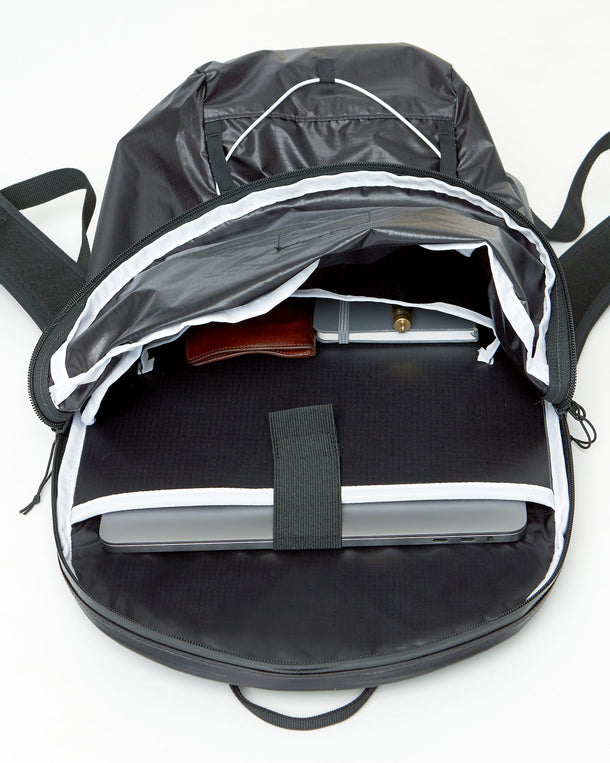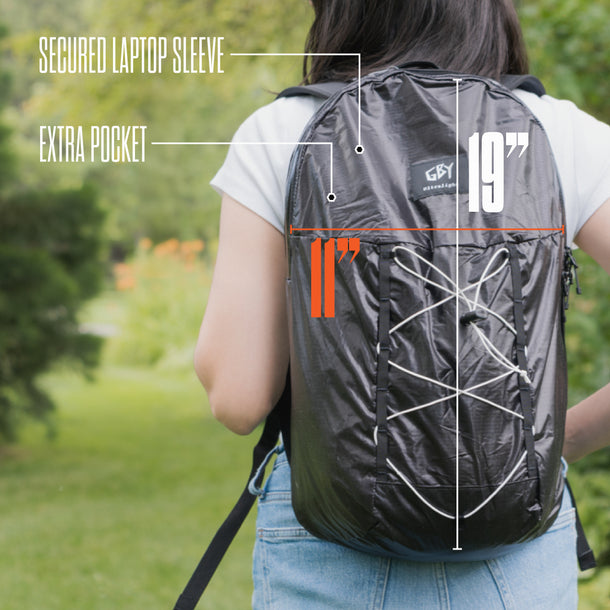Backpacks are a staple for everyone from students to travelers, but have you ever wondered how their dimensions impact what they can hold? Understanding the relationship between the size of a backpack and its capacity can help you make better choices when shopping for your next carry-all. Let’s explore this topic in a simple and engaging way.
Understanding Backpack Dimensions
Backpack dimensions usually include the length, width, and depth. These measurements give you an idea of the backpack’s overall size. When shopping, it’s common to see these dimensions listed in inches or centimeters.
While these numbers provide a foundational understanding, they do not encompass everything about what the backpack can hold. For instance, a slim backpack can have an impressive vertical storage ability, capturing more space than its dimensions initially suggest.
The size of a backpack also influences its usability, which is vital for activities like school, travel, or hiking. According to the Ultimate Backpack Size Guide, understanding these dimensions can help you predict what items will easily fit within different sized backpacks.
How Dimensions Relate to Capacity
Capacity is often measured in liters and reflects the internal volume of a backpack. Larger dimensions generally indicate a larger capacity, but it’s essential to understand how shape and design can influence this relationship.
For example, a wide backpack might seem spacious at first glance, but if the internal compartments aren’t well structured, you might struggle to utilize all the available space efficiently. This is where good design principles become crucial.
At GBY Ultra, our lightweight laptop backpacks maximize both dimension and capacity by incorporating smart designs that ensure every cubic inch is practical. Our Ultralight Laptop Day Pack, for instance, is crafted with dimensions that optimize internal space to provide comprehensive storage without increasing bulk.
The Role of Shape and Design
A backpack’s shape can affect how well it utilizes its space. For example, a tall, narrow backpack may fit more vertically oriented items, while a wider design might be better for flat items. Understanding the design can help you determine what kind of load the backpack is built for.

The strategic placement of compartments and pockets can significantly impact how you store and access your items. Backpacks designed with an ergonomic perspective ensure that they not only carry a lot but also distribute weight evenly, which is important for comfort in long-term use.
Design features such as clamshell openings or added external pockets can greatly enhance the functional capacity of the backpack regardless of its external dimensions. The Anatomy of a Lightweight Laptop Backpack dives deeper into the evolving fabrics and structural innovations that enhance usability.
Choosing the Right Backpack for Your Needs
Consider what you need to carry regularly. If you transport books and electronics, a backpack with larger width might suit you better. For outdoor enthusiasts carrying bulky gear, focusing on depth might be more beneficial.

The Ultimate Backpack Size Guide emphasizes tailoring your choice to specific needs like school, work, or travel. Different activities require different dimensions and capacities, so understanding this will help you avoid overpacking or underutilizing your space.
Choosing the right backpack also involves paying attention to fabric durability, zipper quality, and water resistance, aspects that are essential for protecting your belongings and ensuring longevity. Our Ultralight Laptop Day Pack exemplifies how advanced fabric and design technology meet specific utility needs.

Final Thoughts on Backpack Dimensions and Capacity
In conclusion, by understanding how the average dimensions of a backpack relate to its capacity, you can make more informed decisions to ensure you have the right backpack for your needs. It’s not just about how big the backpack is but how its dimensions cater to your lifestyle and requirements. Remember to consider the shape, materials, and internal design, as these factors play significant roles in how much you can carry. With this knowledge, you’ll be able to choose a backpack that perfectly suits your daily tasks or travels.








